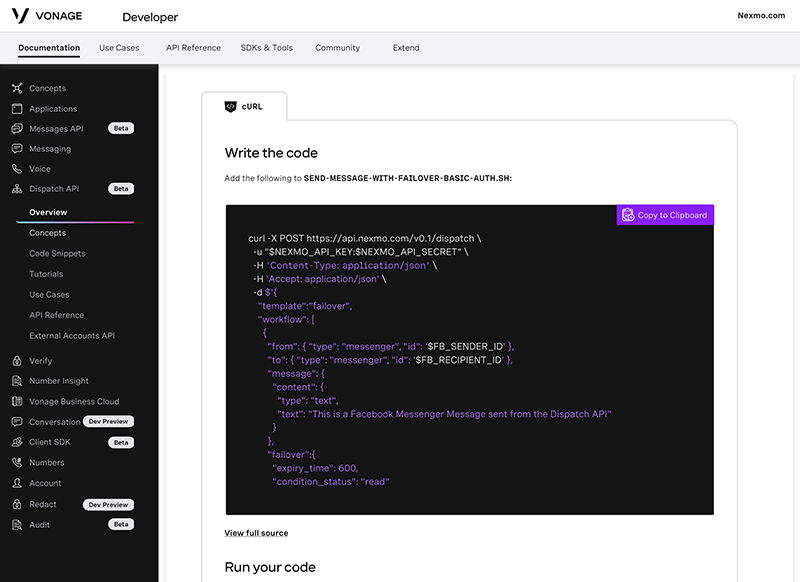Connect with your customers whenever and wherever they are
Get what you need with Vonage Communications APIs
Prices as low as
€
0.0062
/message
US LVN
Prices as low as
€
0.0050
/delivered message
Voice calls as low as
€
0.0127
/minute
Using PSTN Leg
Verify API
€
0.0500
/per successful verification
(additional Messaging & Voice rates apply for attempted and successful verifications)
Prices as low as
€
0.0040
/minute
Prices as low as
€
0.0007
/message sent
Global IP Message
Prices as low as
€
0.0020
/POST API Call
Prices as low as
€
0.0050
/phone number
Standard Number Insight
Conversation API Request
€
0.0007
per Custom Event Post
Reports API
€
0.0004
per CDR
API Service and Support plans pricing
